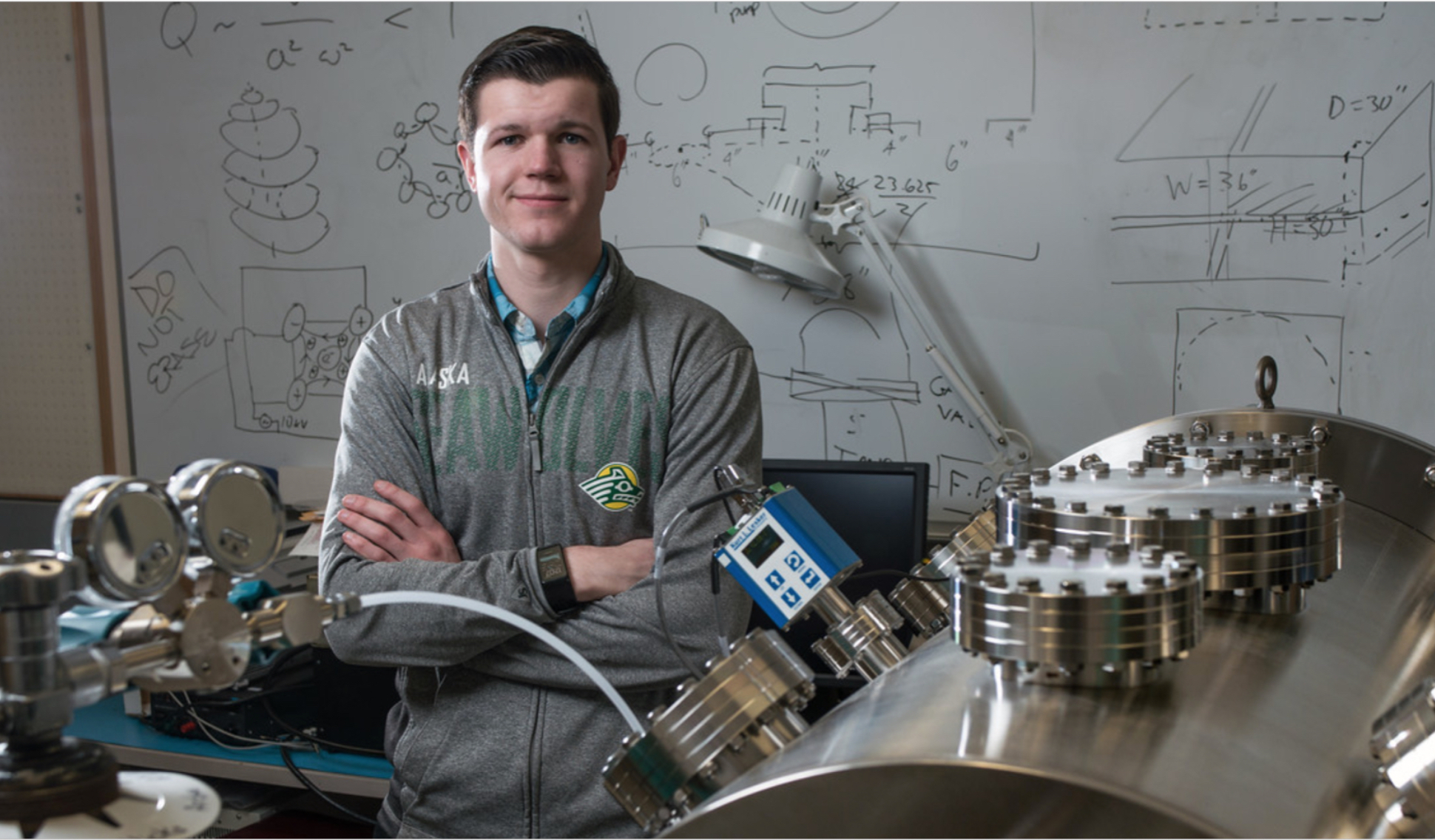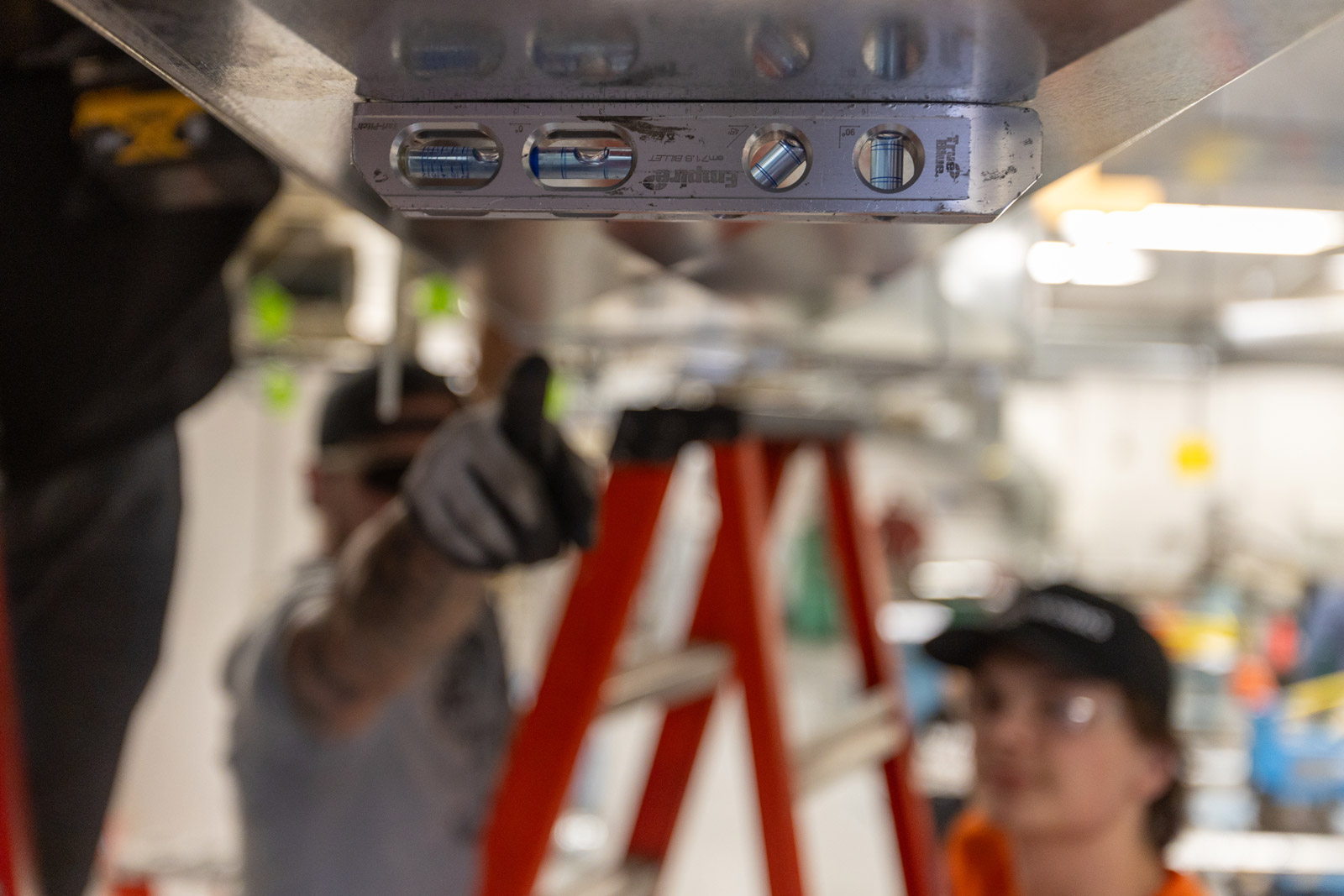
Mechanical trade careers in College, AK, by 2025 offer promising opportunities, with key roles like diesel mechanics, welders, HVAC technicians, and maintenance mechanics showing 9% growth nationally and even faster locally due to Alaska's industrial and infrastructure demands 1. To pursue these careers, individuals typically need apprenticeships or certifications lasting 3–5 years, achievable through programs at institutions like University of Alaska Fairbanks (UAF), University of Alaska Anchorage (UAA), and Alaska Vocational Technical Center (AVTEC), with starting wages around $24–$30 per hour and journeyman earnings reaching $42–$51 per hour 2. Challenges include automation, but upskilling in areas like robotics can lead to higher-paying roles, backed by resources such as Alaska Metal & Mechanical partnerships and financial aid options, ensuring a clear path for career advancement and stability.
Mechanical trade workers in College, AK, handle hands-on maintenance, repair, and operation of machinery in sectors like construction, oil, and transportation. Key positions include diesel technicians who troubleshoot heavy equipment, welders specializing in structural and pipe work for infrastructure projects, and HVAC technicians managing heating and cooling systems in buildings 1. With Alaska's reliance on resource extraction and harsh environments, these roles are essential and high-demand, often involving problem-solving in field conditions and contributing to local economic growth; for more job insights, check Indeed for mechanical roles.

Yes, a license or certification is typically required for mechanical trade jobs in College, AK, to ensure safety and competence, with journeyman-level credentials being common after apprenticeships 2. Specific certifications include ASE for automotive/diesel roles, AWS for welding, or NATE for HVAC, often obtained through state-approved programs.
| Certification Type | Required For | Issuing Body |
|---|---|---|
| ASE (Automotive Service Excellence) | Diesel and Heavy Equipment Mechanics | ASE Education Foundation |
| AWS (American Welding Society) | Welders | American Welding Society |
| NATE (North American Technician Excellence) | HVAC Technicians | NATE |
| Journeyman Electrician | Electricians and Maintenance | Alaska Department of Labor |
While entry-level apprenticeships may not require full licensing, advancing to unsupervised work needs at least one year of supervised experience in Alaska, supported by programs like those at UAA 3; learn more about opportunities at Charter College.

Training for mechanical trades in College, AK, generally spans 9 months to 5 years, depending on the role and program chosen 4. For instance, certificate programs can take 9–12 months, while full apprenticeships often extend to 3–5 years with combined classroom and on-the-job training.
| Trade Role | Training Duration | Key Components |
|---|---|---|
| Diesel Technician | 9–12 months + apprenticeship | Hands-on labs at UAF, followed by paid fieldwork |
| Welder | 6–12 months | Short courses at AVTEC, plus certification exams |
| HVAC Technician | 9–18 months | UAA programs with practical HVAC installations |
| Maintenance Mechanic | 3–5 years | Apprenticeship with Alaska Metal & Mechanical 2 |
This timeline includes paid apprenticeships that help offset costs, with many programs offering financial aid to reduce barriers 3; explore additional resources via ZipRecruiter.
Start by ensuring you meet the essentials: be at least 18 years old, have a high school diploma or GED, and possess basic physical fitness for manual work. Many programs value prior experience in math or shop classes, preparing you for roles in mechanical trades 5; for career advice, visit Gild.
Choose from local options like UAF's Diesel Technology Program or UAA's Automotive Technology Certificate, which provide hands-on training and industry partnerships. Costs range from $8,500 to $15,000, but scholarships and aid are available, making these accessible for aspiring workers 6; check UAA's program details for enrollment.
Apply for apprenticeships through platforms like Gild or organizations such as Alaska Metal & Mechanical, offering paid roles with wages starting at $24 per hour 2. These programs combine work experience with skill development, often lasting 2–4 years.
After training, pursue journeyman certification through state exams, requiring 1–2 years of on-the-job experience. Resources like AVTEC can guide you, ensuring you meet industry standards for mechanical trades 6.
Mechanical trades in College, AK, face challenges like automation, but opportunities in upskilling for smart factories can mitigate this, with projections showing new roles in robotics paying up to $13,000 more annually 7. Salaries for entry-level positions start at $72,316 per year, rising to over $94,000 for journeymen, supported by Alaska's strong demand in energy and construction 3; for job listings, refer to Indeed or ZipRecruiter.
To stay competitive, use resources like ZipRecruiter for job listings or Indeed for engineer roles, and always check Gild for the latest openings.

Kickstarting a mechanical trade career in College, AK, means leveraging growth in key sectors for stable, well-paid work, with training programs equipping you for future-proof roles. Whether you're finishing school or switching careers, start by exploring apprenticeships on Gild and connecting with local institutions to build your path forward.
https://natradeschools.edu/blog/high-demand-trade-careers-growing-in-2025/ ↩ ↩2
https://catalog.uaf.edu/academic-departments/automotive-technology/ ↩ ↩2 ↩3 ↩4
https://www.uaa.alaska.edu/admissions/academic-programs/automotive-technology-aas.cshtml ↩ ↩2 ↩3
https://www.uaa.alaska.edu/admissions/academic-programs/automotive-technology-ugc.cshtml ↩
https://www.tradeschoolgrants.com/mechanic-schools/alaska/ ↩
https://www.indeed.com/q-mechanical-engineer-l-alaska-jobs.html ↩

